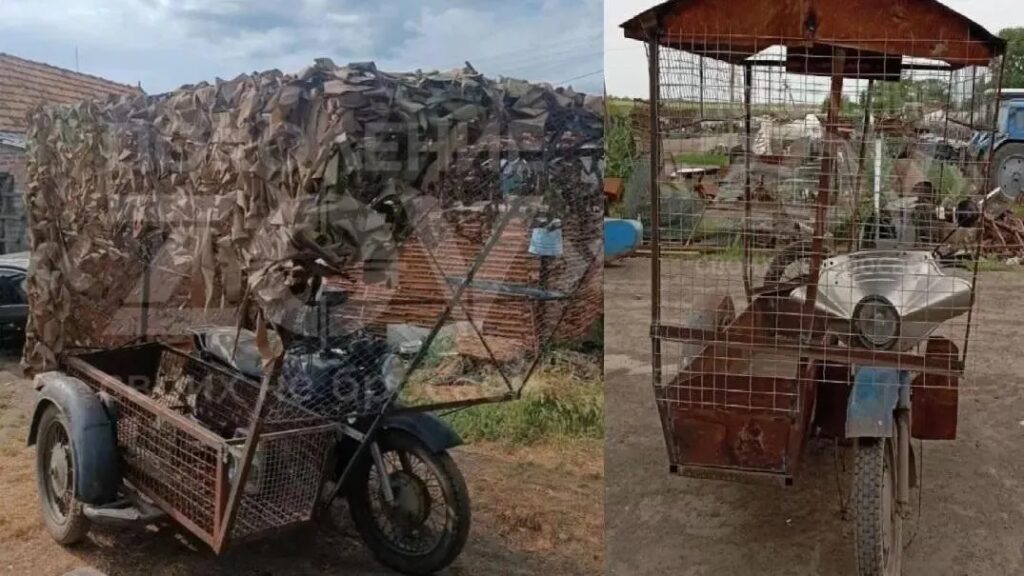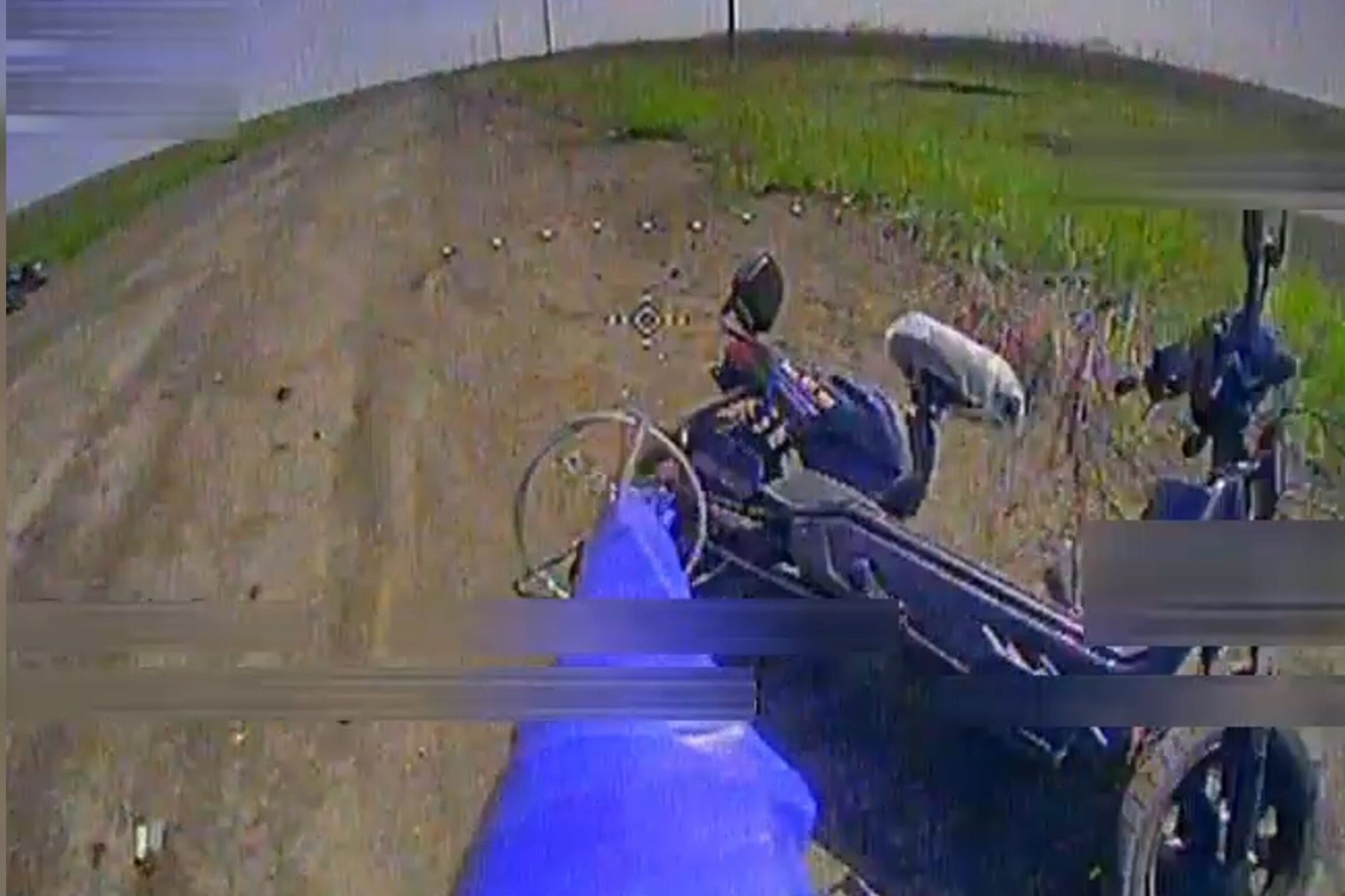The roads and fields around the village of Vilne Pole, in southern Donetsk Oblast, are littered with the wreckage of scores of Russian motorcycles. Repeatedly attacking on bikes, Russian troops—possibly from the 60th Motor Rifle Brigade—are getting massacred by drones and artillery from the Ukrainian 31st and 110th Mechanized Brigades.
But that doesn’t mean the Russian brigade can’t gain ground around Vilne Pole—or even capture the village as the Kremlin aims to consolidate its control over Donetsk Oblast. It only takes one successful bike assault to give Russian forces a lodgement. Once a few Russians are entrenched in new positions, heavier reinforcements almost always arrive, and quickly.
Russian bike assaults, which have become much more common as the Kremlin’s stocks of armored vehicles run low, can be extremely costly to the exposed riders. On or just before Monday, the 110th Mechanized Brigade spotted at least 20 Russian bikes—plus at least one electric scooter—motoring toward the front line.
Explosive first-person-view drones swooped down. “Another day—a few more burned ‘iron horses,’” the 110th Mechanized Brigade quipped. “We continue to work. Until the last motorcycle.”
But despite their losses, the Russian regiments and brigades in southern Donetsk do possess heavier equipment than the bikes. They’re saving them—until the bike troops manage to break through to the relative safety of a built-up area.

It’s standard practice, as the wider war grinds into its fourth year, for Russian regiments to send under-trained, unprotected troops on “reconnaissance-by-force” missions in the early hours of a planned offensive.
“These are ordered to advance towards where they assess Ukrainian positions to be, conducting reconnaissance by drawing fire,” Nick Reynolds and Jack Watling explained in a recent study for the Royal United Services Institute in London.
“If the group encounters resistance, Russian commanders assess where they believe the best lines of approach are, and in particular, where the boundaries between defensive units lie,” Reynolds and Watling added. “If Ukrainian positions are positively identified, sections are persistently sent forward to attack positions.”
So when dozens or even a hundred or more Russians attack on motorcycles, they’re usually just the first wave of a planned multiple-wave assault. But the second wave doesn’t bother to deploy its heavier, pricier, and more precious armored vehicles unless the first wave, usually traveling on lighter, cheaper vehicles, succeeds.
It’s a try-and-try-again approach to mechanized warfare that costs Russia a thousand or more casualties a day, but still occasionally results in breakthroughs. Last week, one Russian unit—the 39th Motor Rifle Brigade, it seems—finally found a weak point in the Ukrainian line: a stretch of exposed trenchline outside the village of Malynivka, just outside Pokrovsk in Donetsk Oblast, 65 kilometers northeast of Vilne Pole.
Russian drones knocked out some of the armored vehicles shuttling Ukrainian troops to the trench, and over the following days, Russian infantry captured a segment of the trench. Russian reinforcements piled in, and a Ukrainian counterattack failed when drones swarmed it.
The lesson for the 110th Mechanized Brigade is: don’t get cocky. The Russians are losing a lot of bikes and scooters—and their riders—assaulting Vilne Pole. So far, they’ve failed. But they may not fail forever, and it only takes one successful attack to shift the front line.
And the Ukrainians can’t count on sheer attrition to alter the Russians’ methods. Russian casualties—around 1,000 killed and wounded every day—are slightly lower on a monthly basis than the number of Russian recruits.
On balance, the Kremlin recruits a few thousand more troops every month than it buries or sends to the hospital. So battered regiments and brigades still have enough infantry, and can keep attacking even as the wrecked bikes and scooters—and the bodies—pile up.





